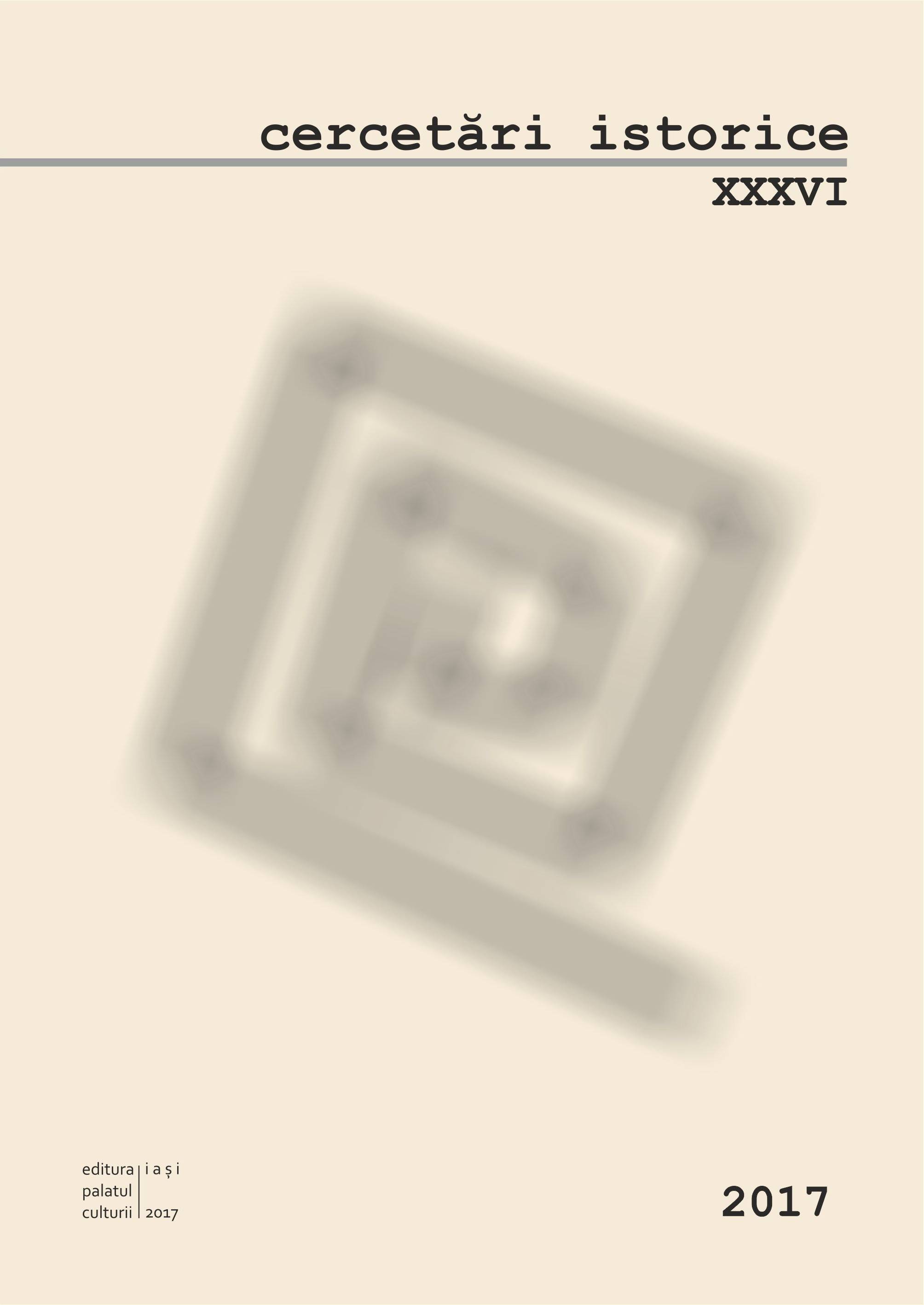UN VAS ENEOLITIC DE TIP KERNOS DESCOPERIT LA RĂUCEȘTI, JUDEȚUL NEAMȚ
A KERNOS-TYPE ENEOLITHIC VESSEL DISCOVERED IN RĂUCEȘTI, NEAMȚ COUNTY
Author(s): Vasile DiaconuSubject(s): History, Archaeology
Published by: Editura Palatul Culturii
Keywords: Eneolithic; Cucuteni culture; pottery; kernos; Răucești
Summary/Abstract: In the framework of older archaeological excavations (1978), carried out in the eneolithic site of Răucești (Neamț county, Romania), a potsherd from a kernos-type vessel was discovered. This type of ceramic vessels are rare in the settlements of Cucuteni culture, that is why we considered necessary to publish this artifact. The artifact of Răucești is the top of a kernos-type vessel, it is painted and has three cups arranged on the edge of the ceramic plate. Most likely, the whole item had six cups arranged circularly and probably one larger in the centre. The item was discovered in a dwelling and it belongs to phase A of the Cucuteni culture. The best analogies for this vessel can be found in the sites of Trușești, Cuconeștii Vechi I, Darabani I, Ruginoasa, Drăgușeni. If we take into account their rarity, we can admit the use of these vessels in a ritual setting, either as lighting equipment or as libation vessels, or as supports for various organic and inorganic substances (seeds, fats, honey, salt, ocher, plants). Clearly, the context in which they were discovered and possible archeometric investigations could provide some clues about the use of kernos vessels by eneolithic communities.
Journal: Cercetari Istorice (Serie Noua)
- Issue Year: 2017
- Issue No: 36
- Page Range: 47-53
- Page Count: 7
- Language: Romanian

